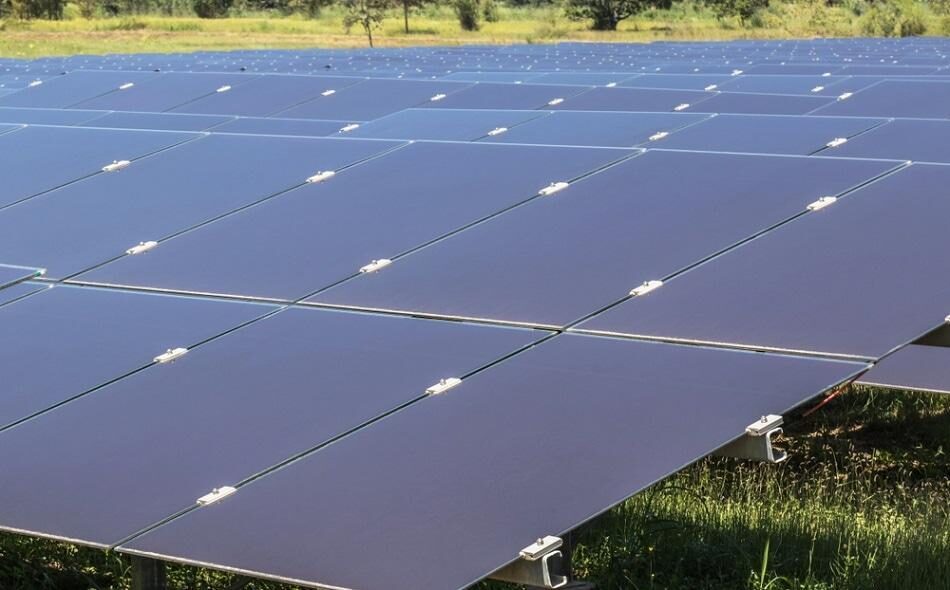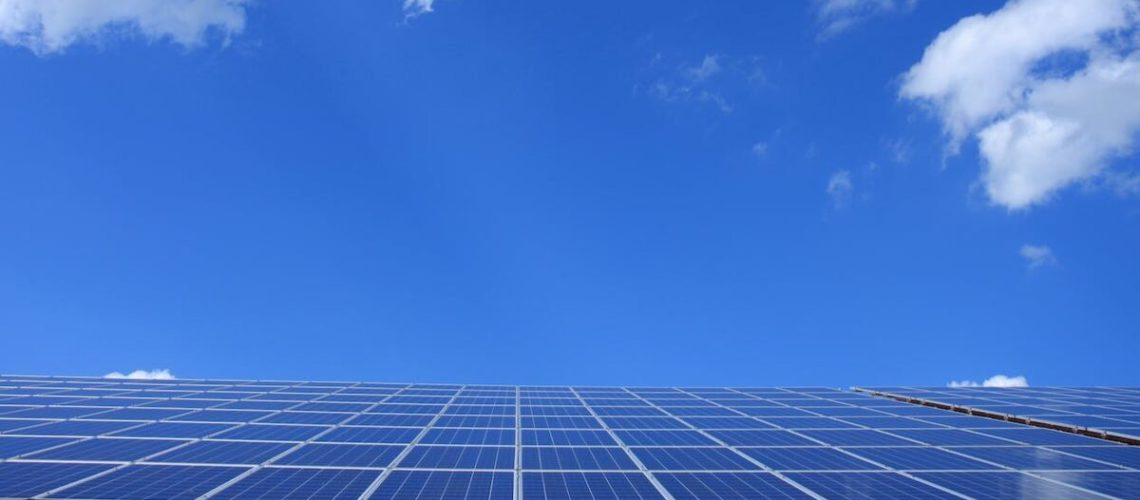A report from Clean Energy Associates (CEA) provides the latest on global and regional solar supply chains, technological trends, and market impacts from policy.
Clean Energy Associates (CEA) issued its quarterly report on solar supply chain analysis, technological trends, and regional policy analysis.
The firm projects that after a more than 60% increase in global solar installations in 2023, growth is expected to sharply decline in 2024. Global demand is expected to be between 401 GW and 511 GW.
Despite the expected slowdown in installations, supply is expected to continue to grow. CEA sees significant new capacity across polysilicon, cell, and module coming online in 2024. Polysilicon manufacturing is expected to add over 600 GW worldwide, while cell and module sectors will bring more than 300 GW each, said CEA.
Multiple trade policies are expected to keep prices high in the U.S. The removal of the bifacial exemption to section 201 tariffs, uncertainty created by the launch of a new AD/CVD investigation, and ongoing enforcement of the UFLPA are keeping prices high. CEA said these forces continue to bolster the economic case for investing in U.S. solar manufacturing.
The risk of AD/CVD is significant. CEA said through the first five months of 2024, about 75% of modules and 50% of cells were imported from the four AD/CVD affected countries of Cambodia, Malaysia, Thailand, and Vietnam.
“The risk-free supply is limited and fragmented and not enough to meet U.S. cell demand,” said CEA.
As for technological trends, CEA expects that TOPCon solar modules will now account for around 75% of global distribution in 2024. The firm expects over 400 GW of TOPCon module shipments this year.
While TOPCon offers efficiency upgrades over silicon without requiring a complete overhaul to manufacturing facilities, it is not without potential risks, warns CEA. Performance degradation risks are “too early to conclude,” it said.
CEA suggests that proper manufacturing processes and encapsulation could improve reliability. It recommends that buyers avoid products without quality assurance.
The report also warned of a rising trend of hail damage risk in solar modules. As the industry has shifted to larger, heavier modules, suppliers have been installing thinner and thinner glass. A typical module in 2015 had 3.2 mm glass on its frame and a backsheet and weighed about 26 kg. In 2023, conventional modules are protected by 2.0 mm of glass and have a glass backsheet, while weighing about 38 kg. This shift to thinner glass on larger modules has made them more exposted to the risk of damage from hail impact.
Based on data from the National Renewable Energy Laboratory, hail is the cause of 53% of insurance claims for U.S. solar assets. This is followed by wind (32%), and fire (8%).
Hail insurance now exists in the same category as severe storms, and insurers have increased their concerns about hail risks. Insurance is used to cover the module replacement cost in a hail event. CEA said new policies have set high deductibles and coverage limits in hail-prone regions, and rates may continue to change as risk is re-assessed.
“Some suppliers have upgraded hail resistance and tested it to a more severe level; however, such modules are usually based on special designs and/or materials that are not mainstream due to cost or limited demand,” said CEA.
Popular content




